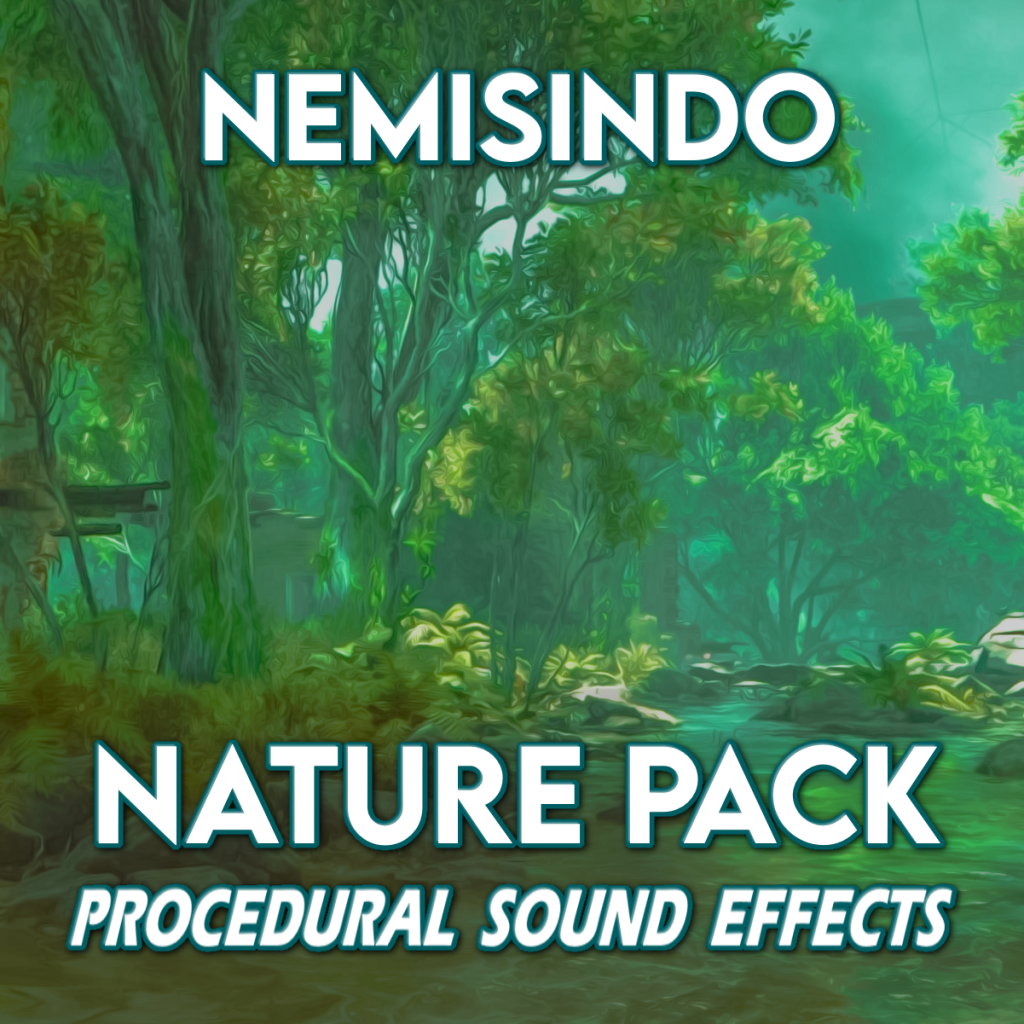
From the thud clunk of an armored soldier in an action game to the creeping, ominous footsteps in a horror film, footstep sounds are one of the most widely sought after sound effects in creative content. But to get realistic variation, one needs hundreds of different samples for each character, each foot, each surface, and at different paces. Even then, repetition becomes a problem.
So at nemisindo.com , we developed a procedural model for generating footstep sounds without the use of recorded samples. We’ve recently improved it with higher sound quality, more features and an enhanced user experience. We just released this as the Nemisindo Adaptive Footsteps version 2.0 plug-in for game engines, available in the Unreal Marketplace. It offers a lot more than standard sample packs libraries: footsteps are generated in real-time, based on intuitive parameters that you can control.
The plugin provides benefits that no other audio plugin does;
- Customisable: 4 different shoe types, 7 surface types, and controls for randomisation, pace, step firmness, steadiness, etc. All of which can be controlled at runtime
- Convenient: Easy to set up, comes as both a plug-in or a custom node in MetaSounds, to help get started in no time.
- Improved: Version 2.0 features better sound quality, more features and better user experience.
- Lightweight: Uses very little less disk space; the entire code takes about the same space as one footstep sample.
In a research paper at the 152nd Audio Engineering Society Convention, we implemented a multilayer neural network architectures for footstep synthesis and compared the results with various sound synthesis methods, including Nemisindo’s online implementation. The neural approach is not yet applicable to most sound design problems, since it does not offer parametric control. But the listening test showed that Nemisindo’s procedural approach outperformed all other traditional sound synthesis approaches, and gave us insights that led to further improvements which we have put into this new version 2.0.
Here’s a short video introducing the new version:
So please check it out. Its a big footstep forward in procedural and adaptive sound design (sorry, couldn’t resist the wordplay 😁).






